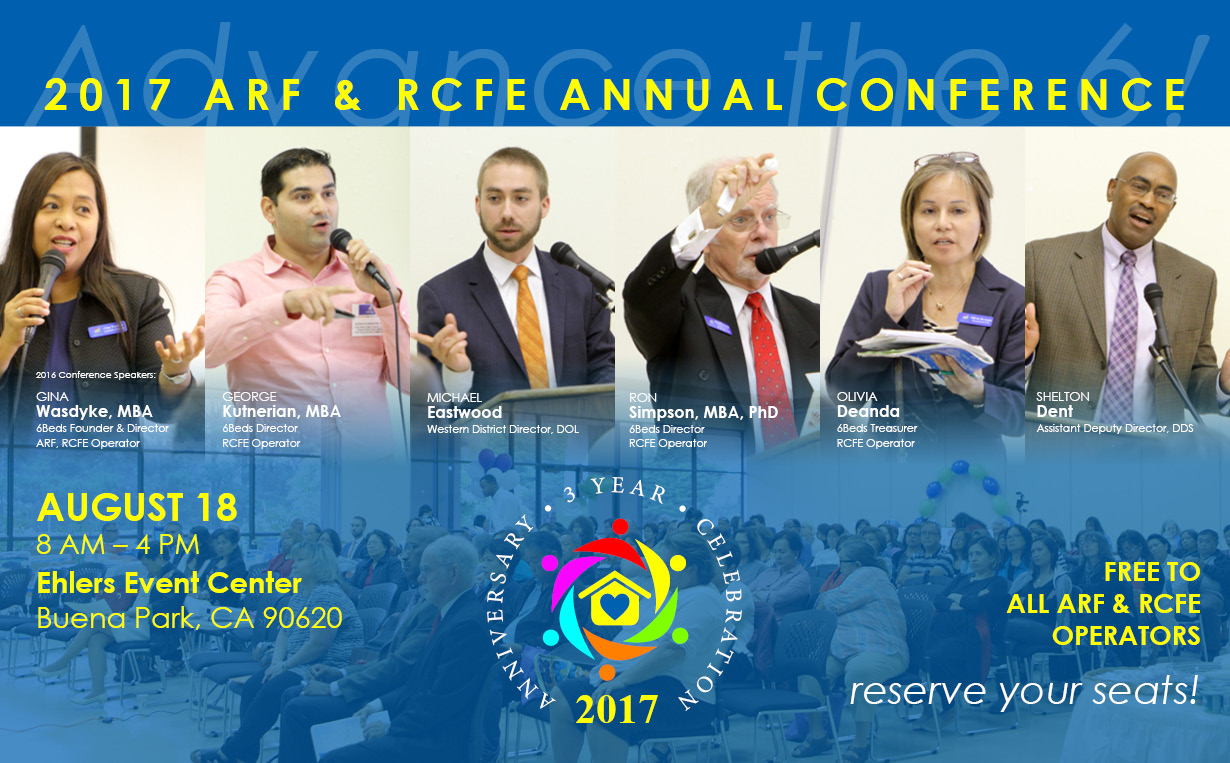While providing significant advantage, live-ins require a special set of rules that care home owners must adhere to if they are to legally and correctly compensate live-ins along with their respective relievers.
Not all caregivers that stay overnight in your facility are considered live-ins. You must be able to 1) meet a work schedule criteria, 2) meet a work environment criteria, 3) have the appropriate employment agreement and 4) document hours worked via a timesheet in order to legally qualify your caregivers as live-ins and thereby take advantage of being able to deduct both sleep time and other off-duty time.
Not following these rules may deem your “live-ins” as 24-hour workers instead of live-ins, which can potentially lead to hundreds of thousands of dollars in owed back wages, liquidated damages, and penalties in the face of an audit or class-action lawsuit, especially if your “live-ins” were compensated either through a monthly salary or daily rate. We know all too well the sad stories of our fallen colleagues.
Since the inception of California’s residential care homes decades ago, live-in caregivers have offered the core services in care homes. Their unique role as resident employees provide significant advantage over live-out employees, in terms of consistent, quality care in a cost efficient manner. Live-ins are as vital to care homes today as they were back then.
Unfortunately, while fearing the increasing number of random audits in 2014, many care home owners have begun to switch to live-outs over live-ins. While doable for high-rent care homes, many with marginal income are unnecessarily losing thousands in potential net revenue – forcing many to close their care homes. In effect, live-ins have recently become stigmatized.
This need not be!
In some cases, care home owners do employ their live-ins the “correct way”, but due to the technicalities and specifics of the labor laws, we strongly encourage that care home owners evaluate the legality of their compensation procedures for live-ins. It’s never too late to do this, which demonstrates to the labor departments (federal and state) a care home owner’s good-faith effort to reform their employment practices.
For those who have switched to live-outs or do not employ live-ins, you can potentially earn more by legally and correctly employing live-ins. It requires greater understanding and proper implementation of the labor laws, but it could also mean the difference between greater profitability and facility closure.
To help care home owners, 6Beds has co-authored with Littler Mendelson Law Firm, The Wage and Hour Guide for Residential Care Facilities (The Guide).
The first and only one of its kind, The Guide outlines both federal and state laws that pertain to employing and compensating live-in caregivers and their respective relievers. Most importantly, it contains employment agreements/contracts for both live-ins and their relievers, a sample timesheet for documenting hours worked, and also comprehensively covers the work schedule criteria and work environment criteria that must be meet in order for your employees to be properly classified as live-in employees, thereby allowing employers to take advantage of deductions of both sleep time and other off-duty time.
Interested in learning more?
Join us on August 18th in Buena Park (SoCal) for 6Beds’ 2017 ARF and RCFE Annual Conference, where an attorney from Littler Mendelson Law Firm will provide an overview of the labor laws pertinent to our industry and how to comply by using The Guide.
The conference is FREE to all ARF and RCFE operators.
Click here to learn more about the conference.
Click here to reserve your seats.

